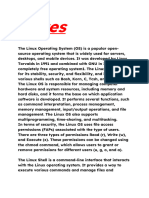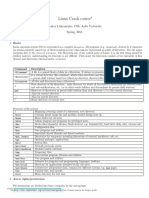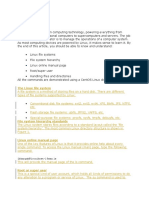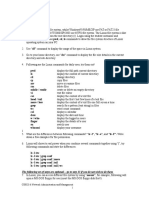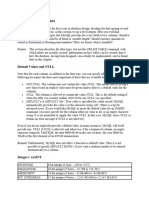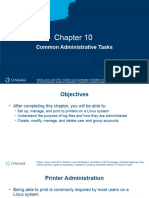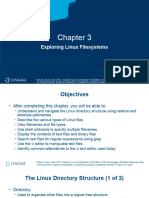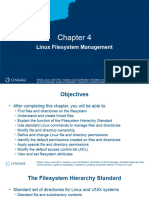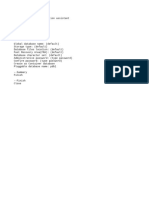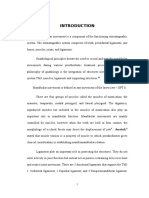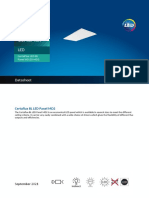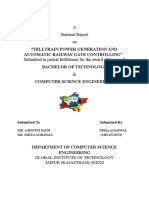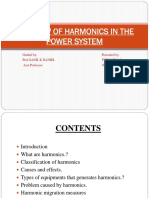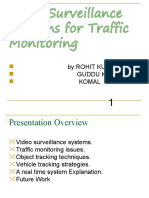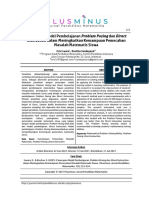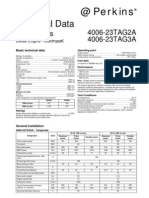0% found this document useful (0 votes)
13 views2 pages00 Linux Table of Contents
The document is a comprehensive table of contents for a Linux guide covering topics from an introduction to Linux and operating systems, file system basics, core utilities, and file permissions, to advanced topics like shell scripting and networking. It serves as a study roadmap, homework assignment guide, and practical reference for Linux tasks. The structure is designed to provide a solid foundation for learning Linux, with opportunities for hands-on exercises and detailed tutorials.
Uploaded by
Stephen EfangeCopyright
© © All Rights Reserved
We take content rights seriously. If you suspect this is your content, claim it here.
Available Formats
Download as DOCX, PDF, TXT or read online on Scribd
0% found this document useful (0 votes)
13 views2 pages00 Linux Table of Contents
The document is a comprehensive table of contents for a Linux guide covering topics from an introduction to Linux and operating systems, file system basics, core utilities, and file permissions, to advanced topics like shell scripting and networking. It serves as a study roadmap, homework assignment guide, and practical reference for Linux tasks. The structure is designed to provide a solid foundation for learning Linux, with opportunities for hands-on exercises and detailed tutorials.
Uploaded by
Stephen EfangeCopyright
© © All Rights Reserved
We take content rights seriously. If you suspect this is your content, claim it here.
Available Formats
Download as DOCX, PDF, TXT or read online on Scribd
/ 2






